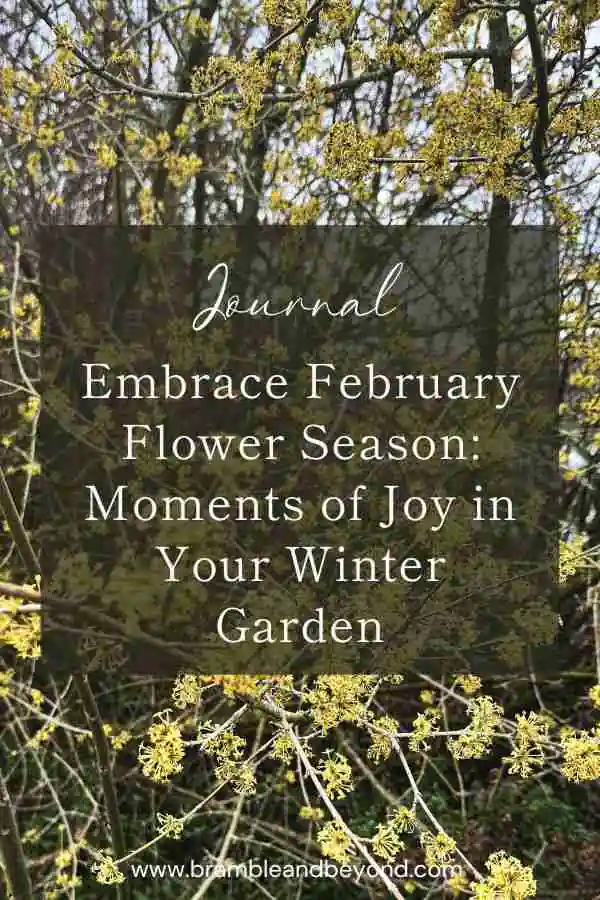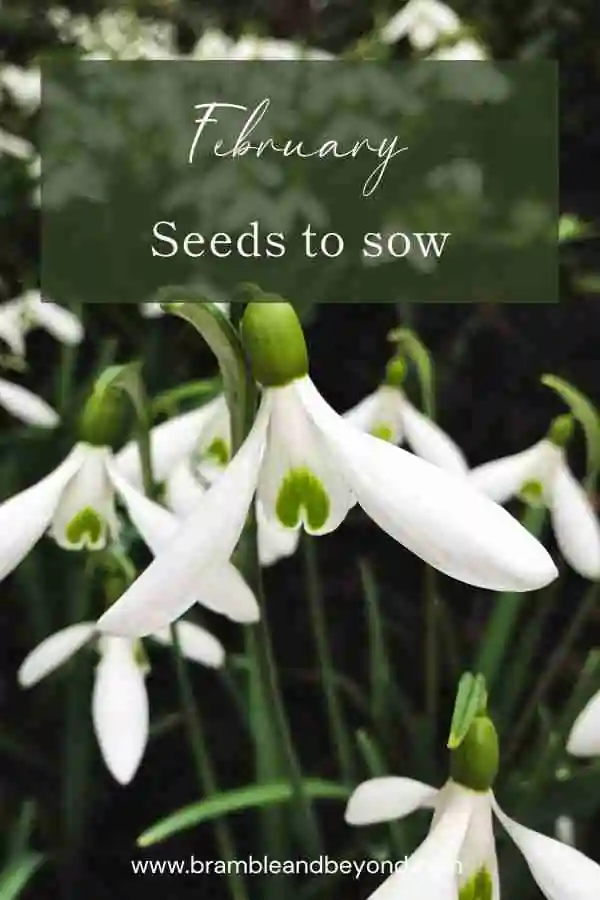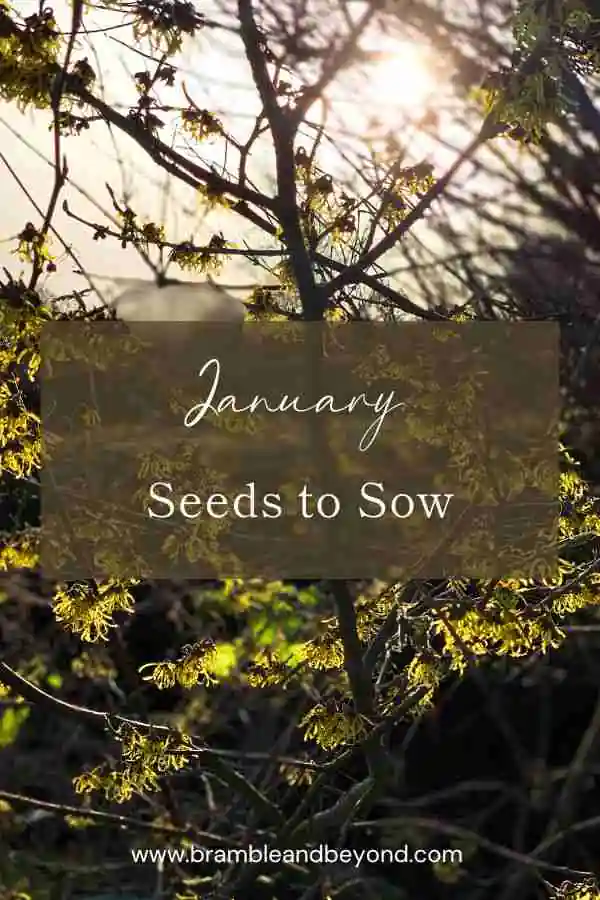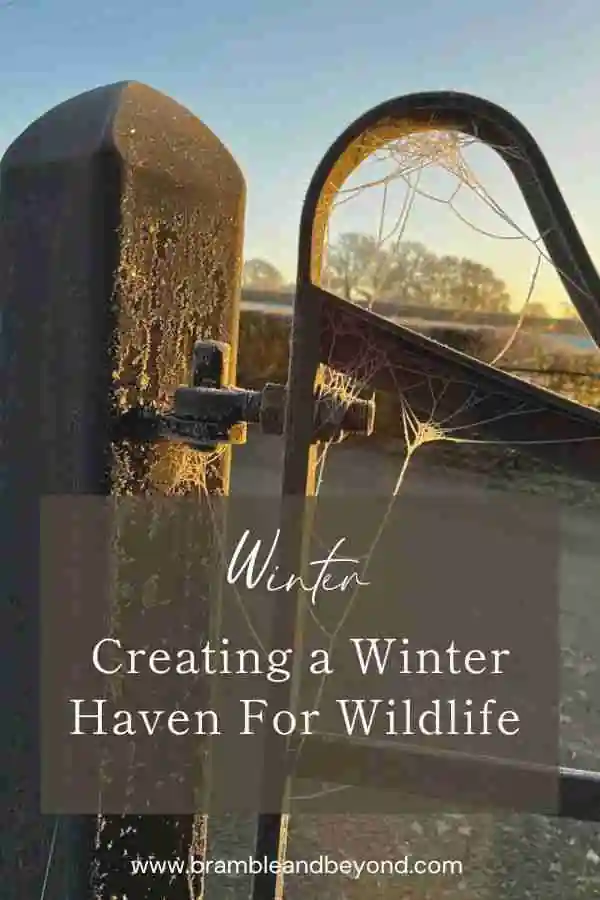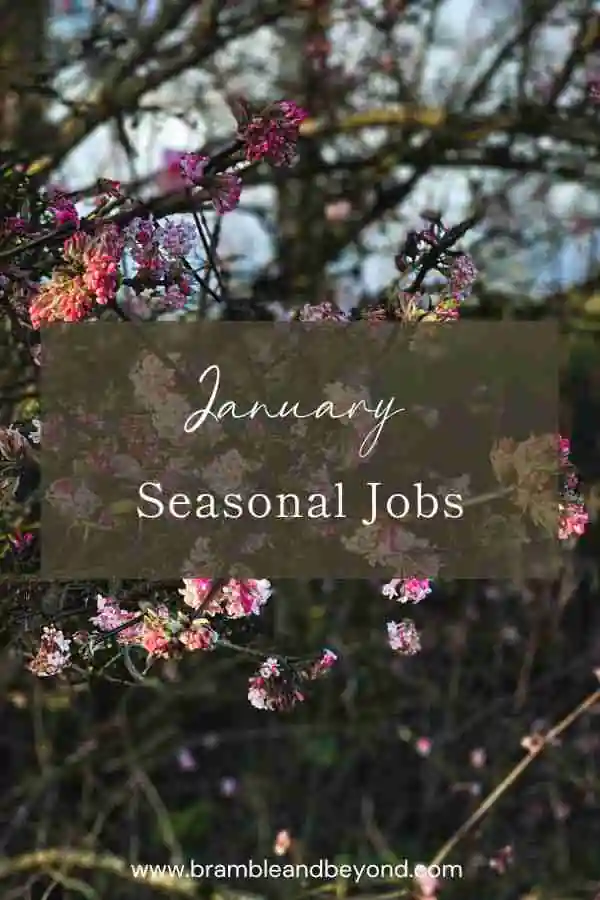Disclosure: This post may contain affiliate links, meaning I get commission if you decide to make a purchase through my links, at no cost to you. Please read my Affiliate Disclosure for more information.
Welcome to February, a month that, despite its wintery chill, unfolds a magic of unique floral landscape. This month, we celebrate the February flower season, a burst of life in the heart of winter that brings joy to gardeners and nature lovers alike.
To discover all the beautiful blooms waiting for you in February flower season, remember to keep your eyes wide open!
Understanding the February Flower Season
We have had a very wet end to the year, indeed we had a very wet summer too, but we are now having an unseasonably warm February. The weather has obviously had an impact on plant growth, and we are very much in danger of having a fool’s spring.
Ah, the fool’s spring, that deceptive glimmer of warmth and hope, yet winter isn’t done with us yet. Be careful, a sudden frost can catch blossoms off guard, nip those tiny seedlings, or send us gardeners scurrying back indoors to the cozy comfort of endless cups of tea.
In the wonderful world of gardening, our friend the weather really is the boss. So, a little advice – don’t expect too much and you might end up being pleasantly surprised. Trust me, I’ve seen February days so warm that I was tempted to break out my garden shorts (not often, I admit), and others, well, so cold that the outside tap turned into an icicle.
For February, it is worth stepping outside to catch whatever is in bloom, as many are short lived beauties that really are worth appreciating.
Let’s dive into what I have found in the February flower season in my garden.
Snowdrops
First on our list are the delicate Snowdrops. Their short-lived beauty is a February treasure that brings a hint of spring to your winter garden. Their tiny bells of white are irresistible and bring a unique charm to your garden that’s hard to resist.
The delight of seeing these little heads bobbing about in early February can soon turn you into a raging galanthophile. But I have found that they easily spread themselves throughout the garden without my help and unless you want to bring the snowdrops to eye level, then the minute differences in varieties does not compel me to seek out different varieties, although maybe I am missing out.

Crocus
Towards the end of the month the crocus are just poking their heads out to see how they feel about things. These flowers are known for their vibrant colours and are a sure sign that spring is on its way.
I have visited a local garden for a crocus walk and had not expected the spectacle to be quite so spectacular, as in my garden the crocus are somewhat dispirit and underwhelming. But on mass, oh boy, they were special. I have since tried to cultivate a crocus lawn, but without much success so far.
A solution to appreciating these joys on a small scale is to plant them in pots and raise them up higher. Bulb planted pots look so much nicer if top dressed with moss or gravel, which as a bonus helps protect them from splashing if there is a sudden downpour.
Bulbs in pots are great for doing nothing for many months and then causing a riot of flowers all of a sudden. So keep them somewhere out of the way while they are growing, and then move them into pride of place once they start to flower, so you can fully appreciate all of their glory.
These pots on Amazon are perfect for bulbs, their shallow depth saves on compost as the bulb holds most of the nutrition the plant needs to grow.
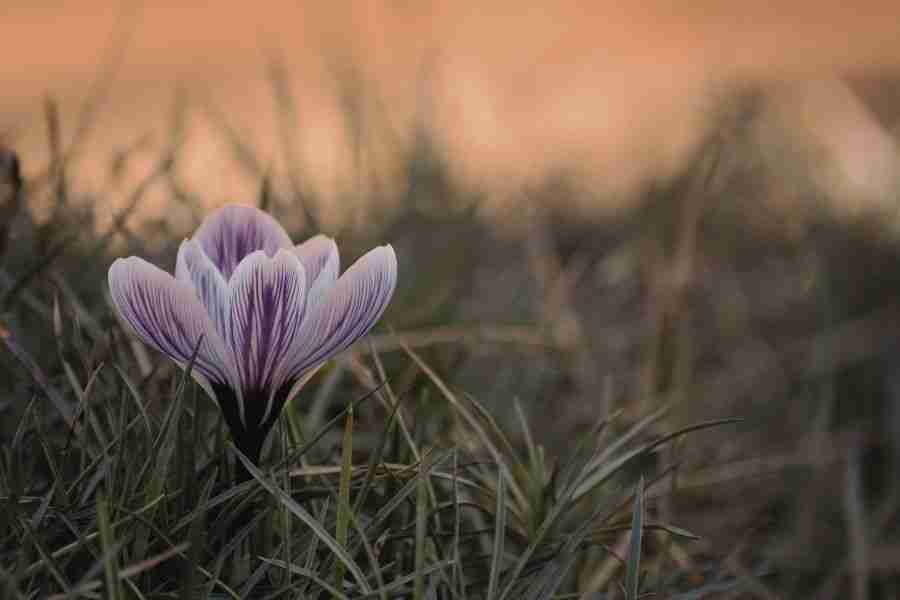
Hellebores
And of course, we have the Hellebores. I grow them near the entrance to my house (among other places) so I can see them whenever I step outside, without having to get muddy trying to find them in other shady corners. Fortunately, it is a sheltered north facing spot, so nothing much grows there at this time of year.
The thing about hellebores, is that they are at their prettiest when they are just starting to bloom. However you can’t appreciate them unless you lie on the ground! This can be avoided if you also grow them in pots, but if you wait until their stems become slightly longer and stronger then you can cut them and bring them inside to enjoy.
Cutting hellebores before they have been pollinated and haven’t produced their seed pods (i.e. the prettier stage), is slightly more challenging for a long vase life. One tip is to make a slit all the way up the stem a millimetre deep and then plunge them into cool water for 24 hours. Once the seed heads are in place they don’t need quite such precise conditioning, but it may help.
If you want a couple of ideas for arranging hellebores, I created this post for inspiration.
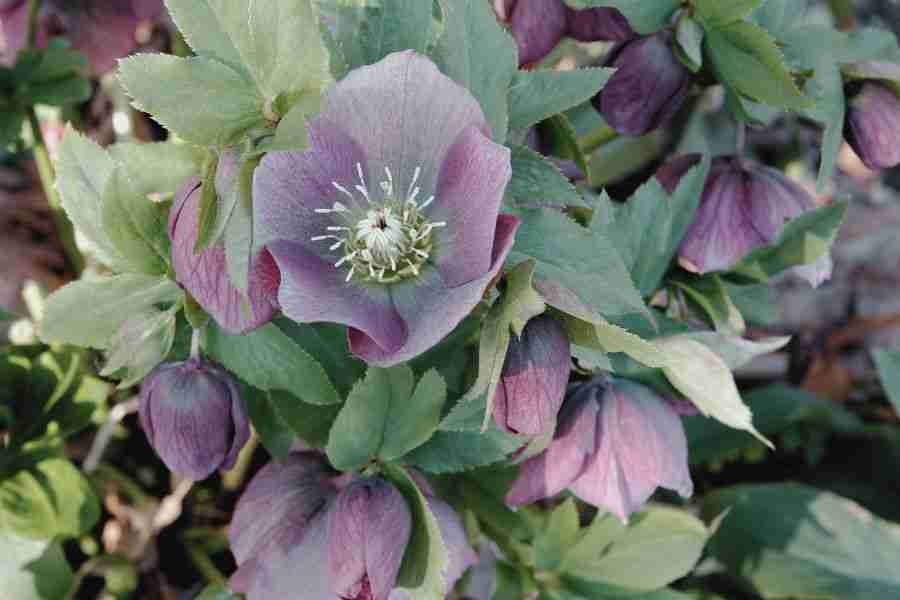
Cornus mas (Cornelian Cherry)
Whilst not the most elegant but certainly the most cheerful blossom, the Cornus mas, also known as the Cornelian Cherry, is causing me to stand back and appreciate its beauty this year.
It started showing off its glittering yellow buds at the beginning of the month and is still flowering now at the end. I even cut off some stems for the house, and they too are still in flower several weeks later, even though there is no water left in the jug. I think I may try ‘drying’ a few more stems to see how robust and long lasting they are, for use in wreaths and dried flower arrangements.
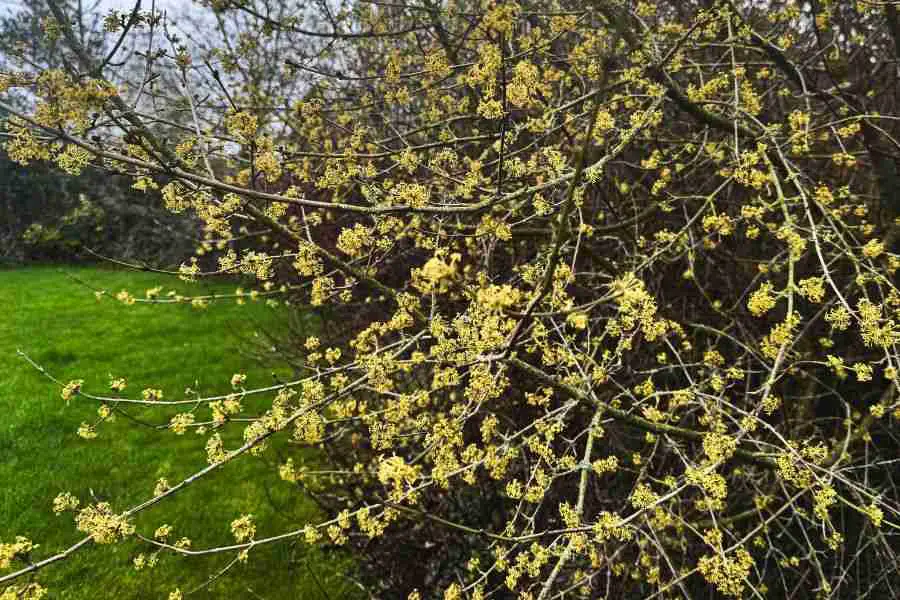
Joyful Moments in Your Winter Garden
Experiencing the February flower season to the fullest requires patience, care, and a willingness to embrace nature’s rhythms. But the rewards are worth it. The sight of Snowdrops peeking through a layer of snow, the anticipation of Hellebores’ bloom, and the enduring charm of the Cornus mas are moments of pure joy in your February winter garden.
Embracing Nature’s Rhythms
In our quest for an eco-friendly garden, let’s take a leaf from their book. Embrace the rhythms of nature, and let the February flower season enhance your gardening journey. From the first Snowdrop to the last bloom of the Cornus mas, each moment is a chance to align with nature’s pace. It’s an opportunity to cultivate a stunning, sustainable garden that harmonises with nature’s rhythm. By doing so, we not only create a beautiful garden but also contribute to a healthier, more balanced ecosystem.

